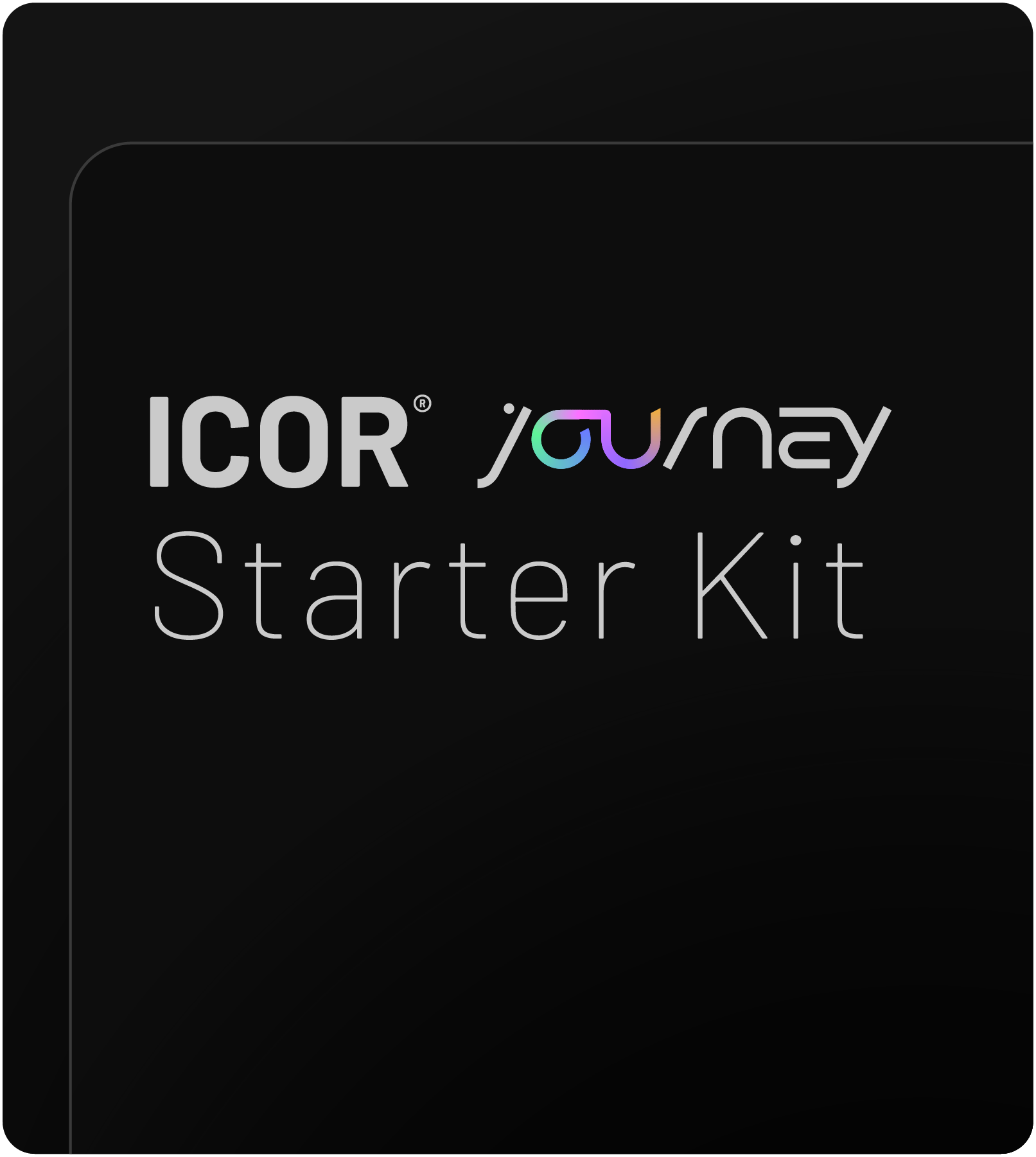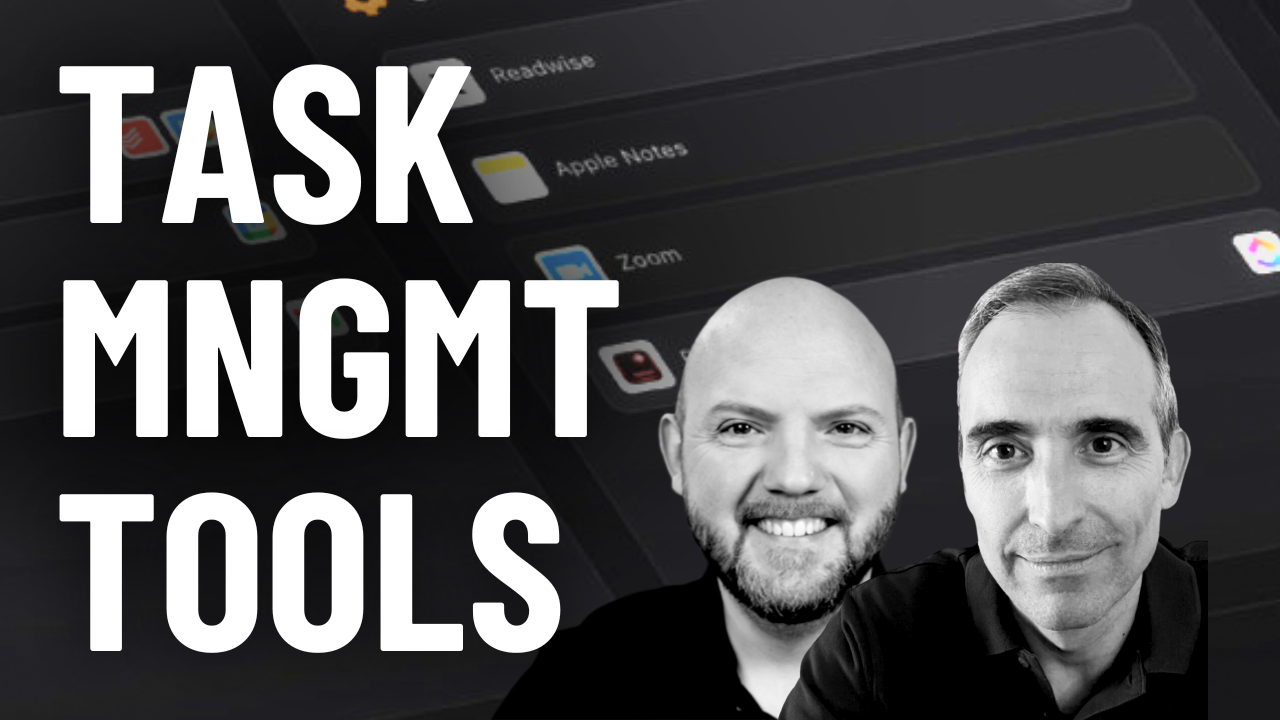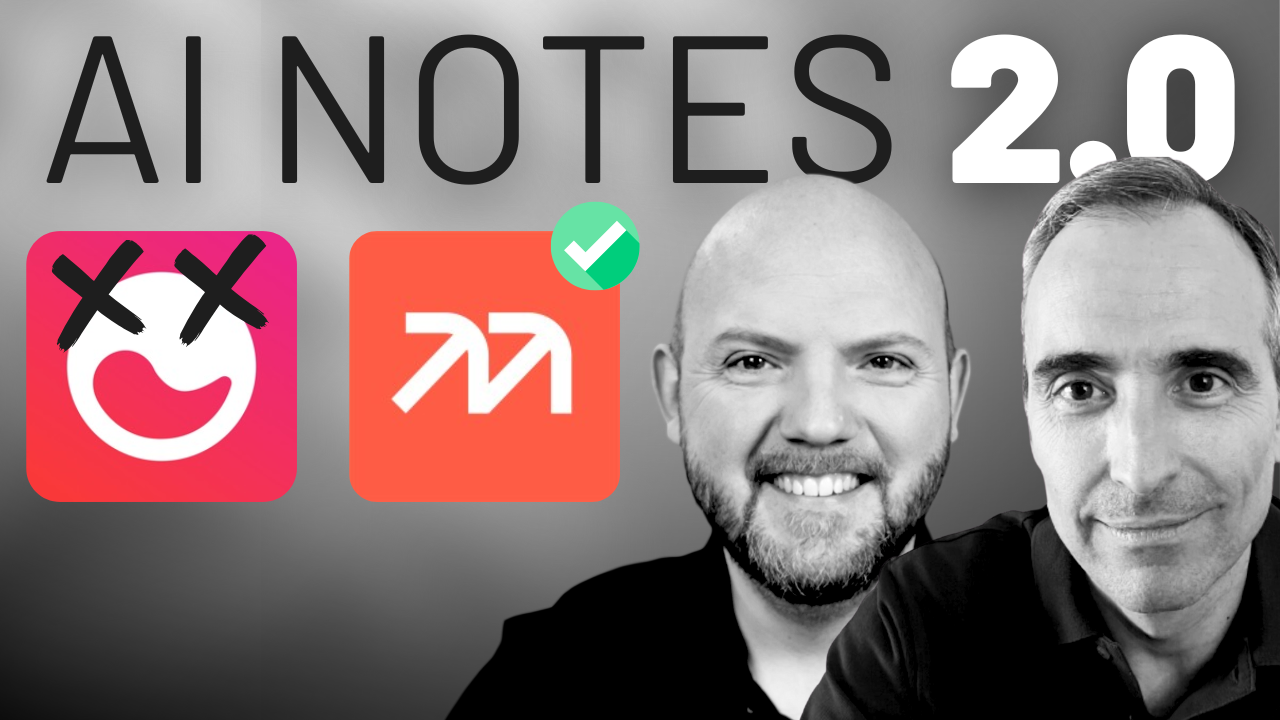In a recent video by the Paperless Movement®, Tom Solid engaged in a fascinating conversation with Paco Cantero, discussing the intriguing concept of “Second Brain vs. One Brain.” This topic, highly relevant to busy professionals, focuses on how to best utilize our cognitive and digital tools for optimal productivity. The podcast, titled “Productivity like a Pro,” offers valuable insights into this vital aspect of digital productivity.
Understanding the Concept of Second Brain
The Second Brain concept involves using digital tools to extend our cognitive abilities. However, this approach often leads to a separation between our biological brain and our digital ‘second brain’, leading to potential inefficiencies and friction in integrating digital tools into our workflows.
The Problem with the Second Brain Approach
Paco Cantero highlights the issue with the Second Brain approach: it creates a dichotomy between our natural cognitive processes and our digital tools. This separation can result in inefficiencies and friction, especially problematic for busy professionals seeking seamless integration of tools and workflows.
Understanding the Concept of One Brain with Two Parts
The Paperless Movement® advocates a “One Brain” approach, viewing the biological and digital aspects as two parts of a single system. This perspective aims to mirror natural thinking processes in the digital environment, thereby reducing the disconnect and friction experienced with the Second Brain approach.
The Key Difference Between Second Brain and One Brain Approaches
The difference lies in workflow implementation. The Paperless Movement® emphasizes workflows that align with our natural thought processes, integrating digital tools in a way that feels intuitive and connected to our cognitive patterns.
The Role of Physical and Digital Brain in Productivity
In this model, the physical brain focuses on creativity and idea development, while the digital brain handles storage, information retrieval, and connecting large data sets. This division of labor optimizes each part’s strengths for more efficient and effective productivity systems.
Understanding the Concept of Systems
Paco Cantero discusses viewing ourselves as systems, suggesting that by understanding and leveraging these systems, we can achieve greater productivity and life satisfaction.
The Importance of Creating a Productivity System
The goal is to develop a productivity system that functions effortlessly and without friction, aligning with our cognitive and digital capabilities.
Creating an Actionable System
The Paperless Movement® focuses on creating actionable systems that encourage taking immediate and effective action on information, integrating both the physical and digital parts of the brain.
Conclusion and Invitation to Learn More
This podcast episode, along with the article “We Don’t Need a Second Brain. One Is Enough!” available here, provides a comprehensive understanding of these concepts. To explore these productivity strategies further and join a community focused on digital efficiency, consider joining the Paperless Movement® Membership here.




